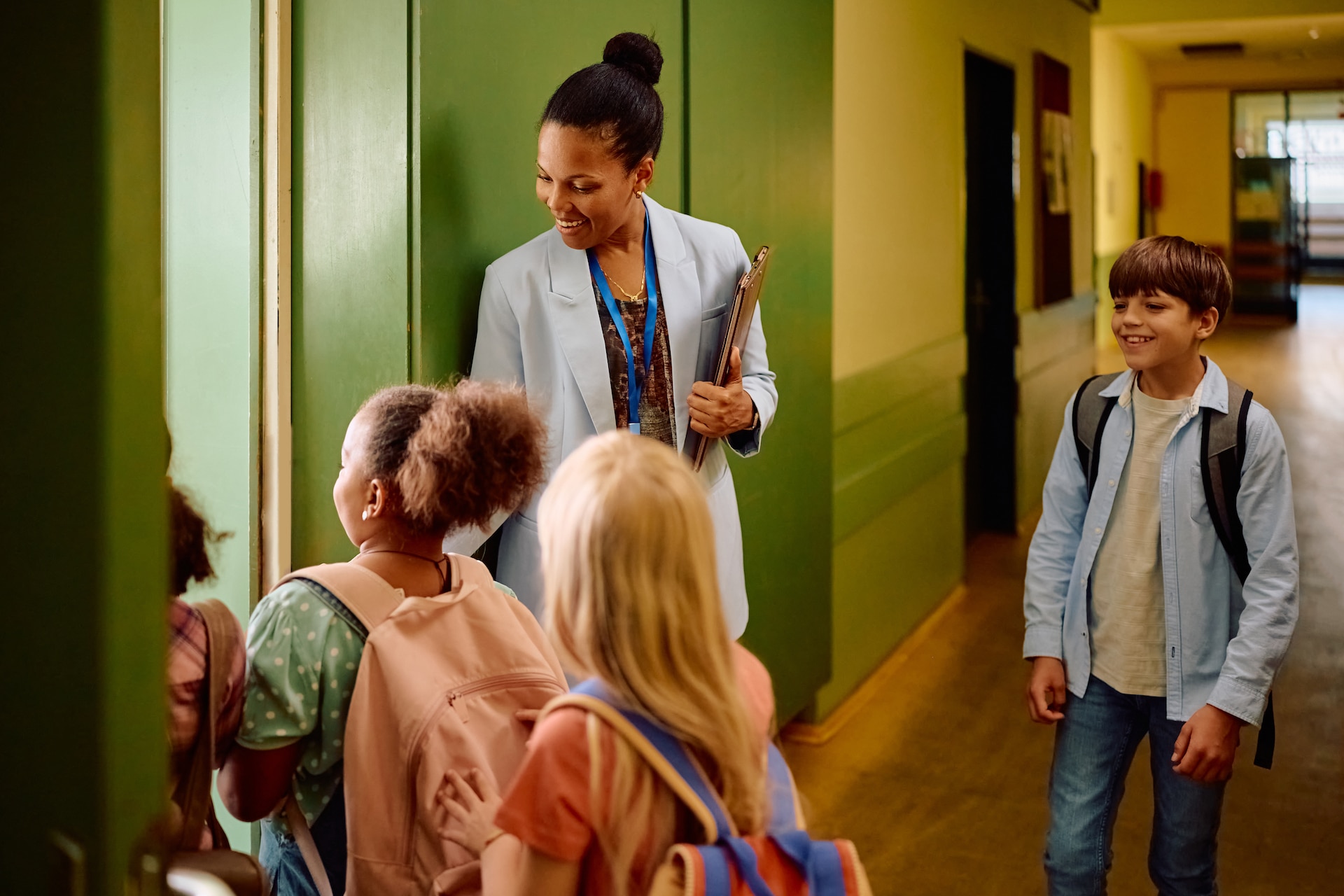Back-to-School Bootcamp- Preparing for a New Academic Year
Whether you’re a seasoned educator or embarking on your first year of teaching, the following actionable strategies are designed to help you kick off the school year strong.

Declutter and Organize Your Classroom
A well-organized classroom creates a welcoming and efficient learning environment. Here’s how to get started:
Evaluate What You Have
Before bringing in new decorations or supplies, assess what’s already in your classroom. Identify items that are outdated, damaged, or unused. Decluttering allows you to free up space for tools and materials that truly contribute to learning.
- Pro Tip: Sort items into three categories—keep, donate, or toss. If you haven’t used something in the past year, it’s time to part with it!
Create Functional Areas
Think about the flow of your classroom and how students will interact with the space. Designate zones for specific activities, such as group discussions, independent work, and hands-on projects.
- Action Item:
- Arrange seating for easy collaboration while maintaining visibility for classroom management.
- Set up clear signage or labels for areas like the supply station, book corner, or technology hub.
Stock Up on Essentials
Ensure your classroom is fully equipped with the basics—pencils, markers, erasers, and other supplies. Take inventory before purchasing to avoid duplicates and waste.
- Pro Tip: Incorporate student input by sharing a supply wish list. Parents and guardians often appreciate knowing how they can contribute.
Refresh and Personalize Your Lesson Plans
Student engagement starts with dynamic and inclusive lesson plans. Use these tips to give your curriculum a fresh twist:
Incorporate Student-Centered Learning
Tailor lesson plans to meet diverse learning needs. Incorporate activities that encourage creativity, critical thinking, and collaboration. For example:
- Use project-based learning for hands-on exploration.
- Integrate technology like digital quizzes or interactive whiteboards for real-time feedback.
Update Resources with Relevant Content
The world is constantly changing, so it’s important to update your teaching materials with current examples, case studies, and topics relevant to students’ lives. Whether it’s new literature that reflects diverse voices or the latest in scientific innovation, aligning lessons to real-world contexts keeps students engaged.
Schedule Time for Fun
Set aside time within your lesson plans for fun icebreakers or “brain breaks.” These activities build rapport and set a positive classroom vibe.
- Action Item:
- Plan a “getting-to-know-you” activity for the first week. Examples include student surveys, group challenges, or a classroom scavenger hunt that familiarizes students with the space.
Establish Routines That Inspire Success
Consistency in routines provides students with a sense of stability and clear expectations. Use these strategies to foster order and positivity:
Start with a Clear Morning Routine
Kick off each day with a structured morning routine. Greeting students, taking attendance, and outlining the day’s agenda can lead to smoother transitions throughout the day.
- Pro Tip: Add an element of mindfulness to your mornings, like a short meditation or an opportunity for students to share something they’re thankful for.
Teach and Reinforce Expectations
During the first week of school, involve students in creating classroom rules and expectations. When students contribute, they’re more likely to respect and follow the guidelines.
- Actionable Tips:
- Use role-playing activities to practice appropriate behaviors.
- Reinforce expectations with positive feedback or incentives, like a class rewards system.
Set Procedures for Common Tasks
Minimize disruptions by teaching procedures for routine tasks such as lining up, handing in assignments, and using classroom materials. Practice these routines during the first week to ensure everyone is on the same page.
Create a Warm and Welcoming Environment
A positive classroom culture begins with aesthetics and relationships. Here’s how to make your space inviting:
Decorate for Comfort and Inspiration
Go beyond traditional posters. Use vibrant colors, motivational quotes, and student-centered displays to make the space feel like a community.
- Pro Tip:
- Dedicate bulletin board space for students to showcase their work or share “About Me” profiles to foster ownership.
Build Relationships Early
Take time to connect with students outside of academics. A simple conversation about their interests, hobbies, or goals can go a long way in building trust and engagement.
- Actionable Activity:
- Set up a “Classroom Contract” where students collaboratively outline values like respect, teamwork, and kindness.
Prepare for Parental Engagement
The first few weeks are also key for building strong parent-teacher relationships. Keep parents informed with newsletters, emails, or an open house event that outlines your classroom policies and goals.
Final Thoughts
Preparation and intentionality are the driving forces behind a successful school year. By organizing your classroom, refreshing your lesson plans, and establishing solid routines, you can create an environment where both you and your students thrive.
Take charge of the new academic year with confidence—you’ve got this! Contact us today to learn more.
Latest News & Updates
The Power of Personalized Learning: How Virtual Tutoring with Certified Teachers Transforms Education
In today’s evolving educational landscape, personalized learning has become an...
December De-Stress: Managing Finals and the Holiday Rush
December can be one of the most challenging times of the year for student mental...
Beyond the Classroom: How LearnWell’s Virtual Tutoring Elevates Flexibility, Reduces Stress & Strengthens Learning
In an era when work, family, health, and academics must all coexist, rigid...



